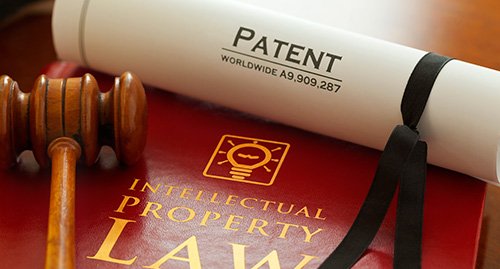Amendments made by India in 2005 to the Indian Patents Act of 1970 to keep medicines affordable within the country had drawn significant backlash from not just the pharmaceutical industry worldwide, but also from developed world such as the United States.
India set strong standards for patents with the amendments in order to promote genuine innovation which are in compliance with World Trade Organisation (WTO) norms, as opposed to the standards in developed nations which are much weaker as a result of corporate lobbying .
In the 12 years since study data shows that India rejects bad patents far more than developed countries do.
The background
A study carried out by Feroz Ali the IPR Chair Professor at IIT Madras and a London-based patent analyst Sudarsan Rajagopal reveals that a total of 1,723 pharmaceutical applications have been rejected by the Indian Patent Office (IPO) between the years 2009 and 2016
The study found that a majority, nearly 65% of all rejected applications were due to exception listed under Section 3.
One of its clauses, Section 3(d) of the Indian Patents Act, attracted international attention after it was used to reject a patent application filed by Novartis for the anti-cancer drug, Gleevec. The provision restricts the patenting of new variations of known pharmaceutical substances.
This provision has already survived a legal challenge to its constitutionality in the Madras High Court and also Novartis’s appeal which went up to the Supreme Court.
Both courts decided issue orders strongly supporting the legality of Section 3(d). The law continues to attract censure with the United States Trade Representative repeatedly rebuked India for it in its Special 301 Report .
But there is little information on how the Section 3(d) actually functions. The study authors indicate that “it filters the bad from the good, with the lowest possible administrative and financial burden.”
Section 3(d) Used Extensively
Of the total ejection, nearly 45% of all rejections were based on Section 3(d) : the patent applications were for variants of known compounds lacking any demonstrable increase in therapeutic value.
In the years 1995 and 2005, India introduced a temporary measure called the mailbox system to accept patent application involving pharma products at the IPO.
The use of Section 3(d) has been increasing gradually from 2009 onwards when mailbox applications started being examined.
The jump also coincides with the Supreme Court’s judgement in the Novartis case, in 2013. The ruling seems to have provided legal certainty to Indian patent law, and more particularly to Section 3(d), allowing the IPO to eliminate “trivial innovations.”
Sec 3 Rule Allows Eliminating Of Applications With “trivial Innovations”
The study has found that over the last decade, the IPO has rejected nearly 95% of all pharmaceutical patent applications on its own, with the remaining on the intervention of a third party, such as a pre-grant opponent.
The basic patentability criteria includes :
- the invention must be new,
- should involve an inventive step, (also known as non-obviousness law)
- should be capable of industrial application
These reasons were the most often grounds for rejection, followed by the exceptions to patentability grounds as detailed under Section 3.
The Section 3(d) thus equips the IPO with a yardstick to judge applications that are “merely trivial innovations over existing technology.”
Rules Help Avoid Expensive Litigation Battles
If the invention incorporates variants of a known substance, the criterion for patentability requires proof of necessary improvements in its performance for its use. For pharmaceuticals, this means evidence of better therapeutic efficacy.
For an application to be called non-obvious, it needs to establish a technical advancement over what was established before. Non-obviousness standards are more effectively applied during invalidity proceedings held in a court of law rather than at the IPO.
The usage of Section 3(d) allows the evaluation of an application at the IPO itself without needing time-consuming and expensive litigation.
Also, such cases are usually settled out-of-court, which could result in generic manufacturers staying off the market. With Patent litigation being expensive, the patient is the one who eventually pays a higher price since they are subject to exorbitant medicine prices.
A Robust Check
Without Section 3(d), the Indian public would have to bear the burden of invalidating a bad patent through litigation. India however still faces two challenges: restricted government budgets and serious public health needs.
Section 3(d) has been so far efficient in separating out the bad patents in India. Other developing countries who are, grappling with similar challenges would in fact be wise to adopt similar provision .





